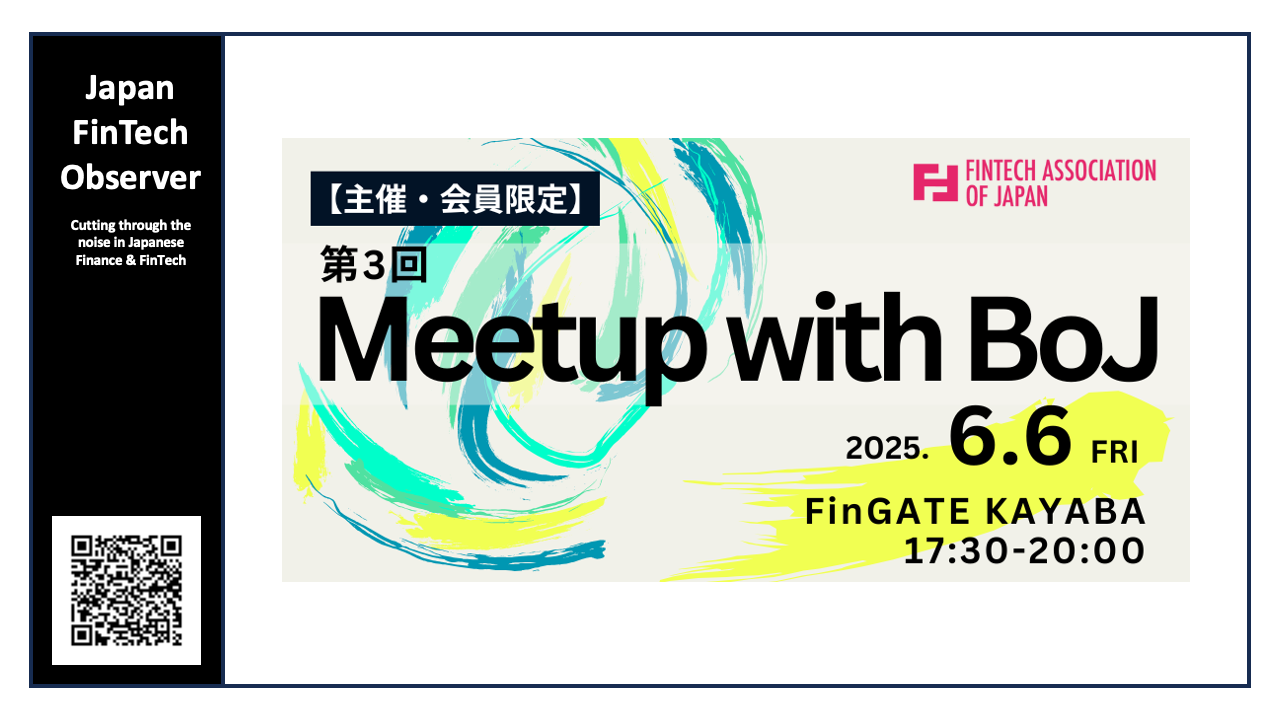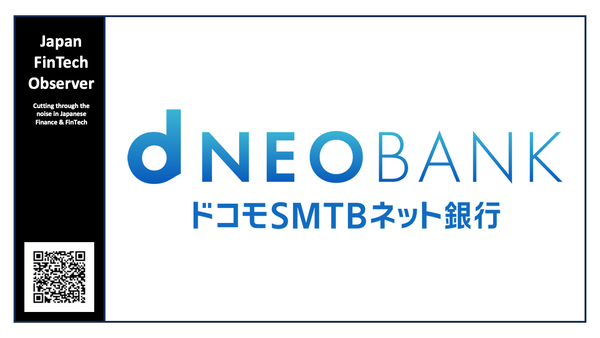Promoting Financial Innovation and the Role of the Bank of Japan FinTech Center

Bank of Japan Executive Director Kazushige Kamiyama spoke at the third "Meetup with BoJ", hosted by the FinTech Association of Japan.
Introduction
Good afternoon, everyone. I am Kamiyama from the Bank of Japan. Thank you very much for this valuable opportunity to speak with all of you who are active in the FinTech industry. This spring, I returned to work in the Payment and Settlement Systems Department after a two-year absence, which has led to my participation in this event. I look forward to working with you. I would also like to take this opportunity to express our gratitude to the FinTech Association and its member companies for their cooperation with the Bank of Japan's activities in various forms.
About the Bank of Japan FinTech Center
The FinTech Center, which was established to support FinTech in contributing to the improvement of financial services and sustainable economic growth from the central bank's perspective, will celebrate its 10th anniversary next year, thanks to your support.
Since its establishment, we have continued our activities with three main focuses: first, to accurately understand changes in financial services and financial structures under rapid technological innovation; second, to conduct research on utilizing new technologies in central bank services; and third, not only to actively participate in domestic and international discussions, but also to provide a forum for discussion among a wide range of stakeholders.
Today, I would like to briefly introduce the recent initiatives of the Bank of Japan's Payment and Settlement Systems Department in line with these three points.
Accurately Understanding Changes in Financial Services and Financial Structure
Regarding the first point of accurately understanding changes in financial services and financial structure under rapid technological innovation, we are actively conducting research on tokenization technology, which has been attracting attention recently. In our Payment System Report and Bank of Japan Review, which incorporate some of these research results, we organize both the potential expectations for new technologies such as DLT, blockchain, and smart contracts, as well as the challenges for practical implementation, while emphasizing the importance of achieving high levels of safety and efficiency in payment services. For the public, it is extremely important that payments are conducted safely and reliably, and that payment services can be used with confidence. We also recognize that the ability to make payments anytime, anywhere, quickly, and at low cost is an essential element.
Conducting Research to Utilize New Technologies
Regarding the second point of conducting research to utilize new technologies in central bank services, we have been advancing "experimental system construction and verification" in pilot experiments for general-purpose CBDC since the year before last. The construction work for the experimental system has been completed, and we are currently identifying and evaluating technical issues and solutions for achieving performance requirements in case of social implementation through performance tests and other means. We are also participating in Project Agora. This experimental project aims to address cross-border payment challenges that are currently pointed out as inefficient in terms of speed and cost, by linking tokenized commercial bank deposits and central bank deposits on a common platform using DLT, while ensuring safety including data management and regulatory compliance. Under the planning and operation of the Bank for International Settlements, seven central banks including the Bank of Japan and 43 private financial institutions from various jurisdictions are participating, engaging in active discussions across borders.
Providing a Forum for Discussion Among a Wide Range of Stakeholders
Regarding the third point of not only actively participating in domestic and international discussions but also providing a forum for discussion among a wide range of stakeholders, we operate the "CBDC Forum" as part of the general-purpose CBDC pilot experiment mentioned earlier. In this forum, we are promoting the sharing of broad knowledge related to retail payment practices and technology with the cooperation of various companies, including financial institutions with expertise in retail payments and general businesses including startups.
Moreover, the sharing of knowledge among stakeholders has led to voluntary initiatives by stakeholders beyond organizational boundaries. At the event "Future of Payment Ecosystem" held at FIN/SUM in March this year, volunteer members from CBDC Forum participants introduced demonstrations using a sandbox built on the cloud. I understand that there are plans to continue using this sandbox to improve the resolution of networks connecting end users and intermediary institutions.
We will continue to support various stakeholders' initiatives from the perspective of how payment systems, including CBDC, will develop as a whole while balancing safety and efficiency.
Conclusion
Since the FinTech Center is located within the Payment and Settlement Systems Department of the Bank of Japan, I have mainly explained the initiatives of the Payment and Settlement Systems Department. However, as I mentioned earlier, the purpose of the Center's activities is to support FinTech in contributing to the improvement of financial services and sustainable economic growth from the central bank's perspective, which is not limited to the scope of the Payment and Settlement Systems Department. Therefore, staff from the Financial System and Bank Examination Department, Research and Statistics Department, and Institute for Monetary and Economic Studies are also participating today.
The Bank of Japan will continue to strive for the FinTech Center, as an outward-facing hub, to serve as a "catalyst" that connects financial practice with cutting-edge technology, research, and the needs of the economy and society, by utilizing opportunities like today's event where stakeholders with diverse expertise gather. At the networking session scheduled at the end of today's event, please feel free to approach us, and I hope this will be a fruitful opportunity for all of you as well. This concludes my remarks. Thank you very much.




